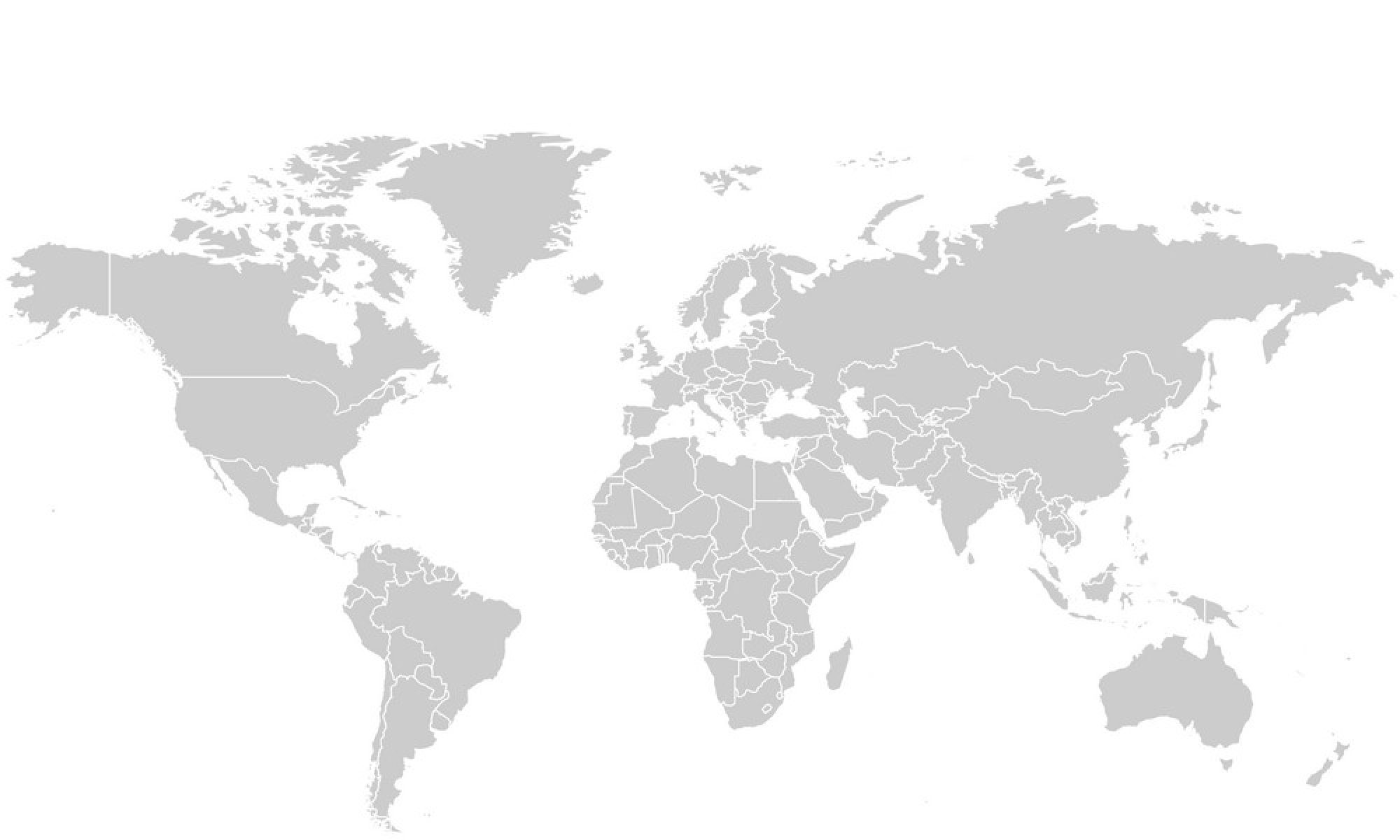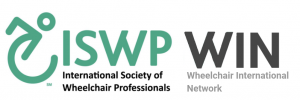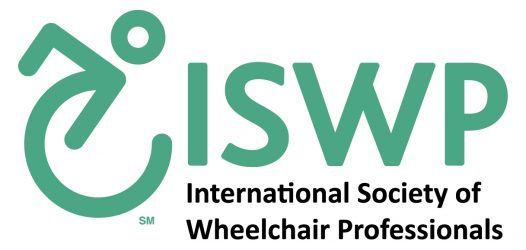Welcome to the Wheelchair International Network › Forums › ToT Hybrid-EN › ToT 01. Hybrid-EN › ToT 1. Car Park › Welcome everyone !
This topic contains 8 replies, has 4 voices, and was last updated by ![]() [email protected] 6 years, 3 months ago.
[email protected] 6 years, 3 months ago.
-
AuthorPosts
-
July 26, 2018 at 1:31 pm #5143
Thanks to Eric, Karma, and Yasmin for sharing their videos! Nice to meet you virtually! I have a couple of questions for you:
– Eric – Could you please share with us an overview of LDS Charities projects related to wheelchair provision? where does the organization work? does it deliver training or/and support wheelchair distribution?– Karma – Can you please share with us more details about the implementation of a wheelchair clinic in your hospital? It’s great to see that in such a short time, after the training in 2016, the hospital decided to implement the service. By any chance, were you trained by Silvana Conteponi?
– Yasmin – Could you please share with us what are your current activities at UCP Wheels for Humanity?
I’m looking forward to meeting you in person!
YohaliJuly 26, 2018 at 2:13 pm #5146Hi Yohali,
Thank you for the comments. I have been involved right from the beginning in bringing the wheelchair trainings to Bhutan. Number of people including I had been instrumental in collaborating with health volunteers overseas in this project. One of the main factors behind starting the wheelchair clinic was that my department had been dealing with wheelchairs and assistive devices even before the WSTP training but we didn’t have dedicated clinic days and the service was not as prescribed in WHO WSTP. The supports from various stakeholders contributed to moving this project forward.
Jamie Noon, was the lead trainer in both WSTP basic and intermediate levels. Christine Cornick led the WSTP managers and stakeholders package.Karma
July 26, 2018 at 2:44 pm #5147Hi Karma,
Thanks for the info. Stakeholders engagement at all levels is definitely crucial to lead to improvements in healthcare. I’m looking forward to learning more about the implementation strategy in your hospital, what are the challenges, lessons learned, suggestions, sustainable strategies, etc. It’s great to see a successful project and I’m sure your team’s experience can help other institutions to build their own systems. =)
One more question – what’s the name of your hospital? and Bhutan has universal healthcare for its citizens, right? If so, is assistive technology devices such as wheelchairs covered by the government?July 26, 2018 at 5:46 pm #5151Hi Yohali,
Jigme Dorji Wangchuck National Referral Hospital is the name of my hospital and yes the healthcare for all citizen is free. Yes, assistive products such as wheelchairs and crutches are covered by the government. After the WSTP trainings we updated the specs of wheelchairs in our central inventory list and we ordered and received first group of appropriate wheelchairs this year.July 27, 2018 at 3:54 pm #5160Amira and Kimi mentioned they have had some experience working at the University level with Physical Therapists and Occupational Therapists. Are you familiar with these studies?
– Wheelchair service provision education and training in low and lower middle income countries: a scoping review.
– Wheelchair service provision education in academiaThese studies highlighted the limited access to training in wheelchair service provision globally and the need to advocate for programme development to enhance personnel skills and knowledge.
July 27, 2018 at 3:57 pm #5161Do you agree with the results and conclusions of those studies?
July 27, 2018 at 4:22 pm #5162Thank you, Yohali! I was not familiar with those studies, but thank you for the resource.
In general, I agree with their conclusions, but appreciate their understanding of the limitations of their survey. It is a good foundational study to remember as we interact with university administration and faculty.
I would be interested to know if the questions were framed in a way that therapy programs only responded in reference to their “wheelchair education piece” of a modalities course, or if they were able to count education provided in the standard anatomy, kinesiology or other coursework which clearly lay the foundation for the concepts necessary to fit wheelchairs.
Thanks for sharing!
July 30, 2018 at 3:40 pm #5169LDS Charities is currently supporting wheelchair provision in approximately 60 low and middle income countries. In most of those countries we work with a local government or non-government organization to support their establishing a wheelchair service in line with WHO guidelines. In some countries, our support is provided through another international NGO such as UCP Wheels for Humanity or Motivation or is done in collaboration with an international NGO. We provide both training and donation of wheelchairs to our local partner organizations. We also provide training and support for repair services. Our long-term goal is to work with each local partner to establish a wheelchair service that is sustainable without our support.
July 31, 2018 at 4:48 pm #5174Thanks to Eric and Kimi for their comments and to Misha for sharing her video. https://drive.google.com/drive/folders/1e3M25S-Yqe_IXlfibAxA-fNRoJFjmfoj
-
AuthorPosts
You must be logged in to reply to this topic.



